For more than a half-century the global toy maker Mattel has delighted girls with its iconic Barbie, which has epitomized what some believe to be the ideal for feminine beauty: flowing hair, immaculate skin, perfectly proportioned face, and a figure that defies laws of anatomy and physics.
Despite Barbie’s great popularity, many people have bemoaned the unrealistic physical standard the doll sets for young women. Even the best plastic surgeon can’t alter a women’s appearance to look as “perfect” as a Barbie; although, some have tried. So, if such a lofty standard of beauty isn’t attainable for real women, should Barbies and other dolls also spurn such perfection? Many people have said “yes,” but one entrepreneur has taken that belief a big step further.
Pittsburgh graphic designer Nickolay Lamm has created a much more average-looking doll called Lammily, which some have dubbed the “normal Barbie;” although, there’s no connection to Mattel. Lammily has a more realistic/typical figure, as well as the ability to add and remove “imperfections” such as acne, stretch marks, and even dirt stains. In sum, it’s a doll that’s much more representative of real people, women and men.
But given consumers’ predisposition toward “perfection,” what’s the likelihood that kids will actually want to play with such a doll? Like any good marketer, Lamm has done market research to answer this question. Lamm shared Lammily with second-grade students at St. Edmunds’ Academy in Pittsburgh and found that the students really liked the average-looking doll. For instance, the children suggested that the doll was different and special and that it looked more like them and/or specific members of their families. In short, they preferred Lammily over a typical Barbie.
Despite this positive feedback, it’s still too early to tell what the fate of Lammily will be. The toy industry is extremely competitive, with big players holding a great amount of channel power and market share. Still, it seems there could be significant demand for Lammily and dolls like her that may follow. Given this strong market potential for a product that upholds values such as genuineness and empathy, Lammily not only does a nice job representing normal people, she’s also a good example of "Mindful Marketing."
Learn more about the Mindful Matrix and Mindful Meter.
Check out Mindful Marketing Ads and Vote your Mind!


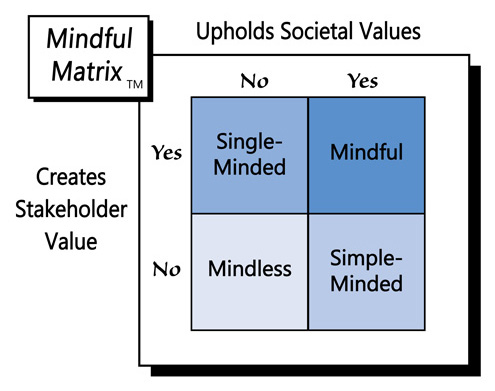
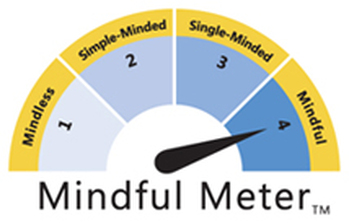

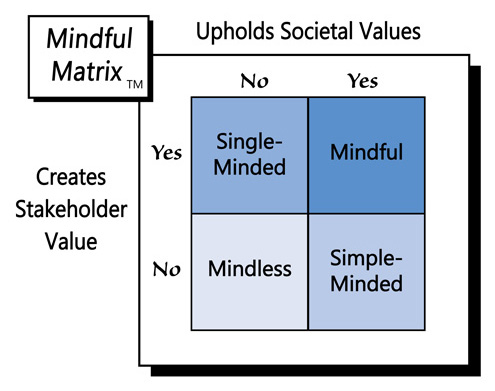
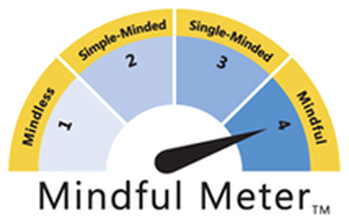
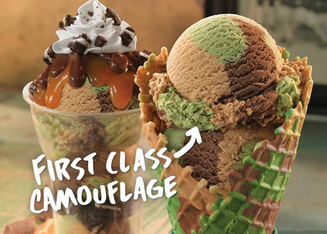
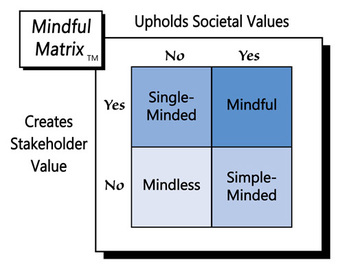
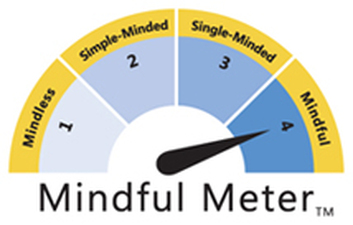
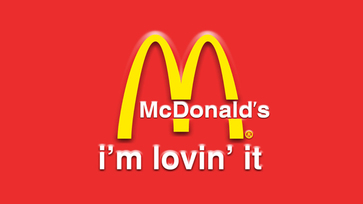
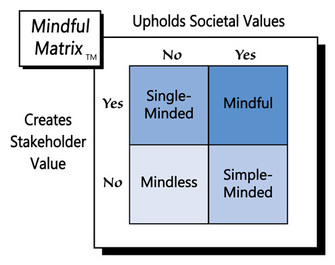
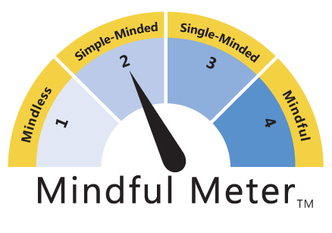

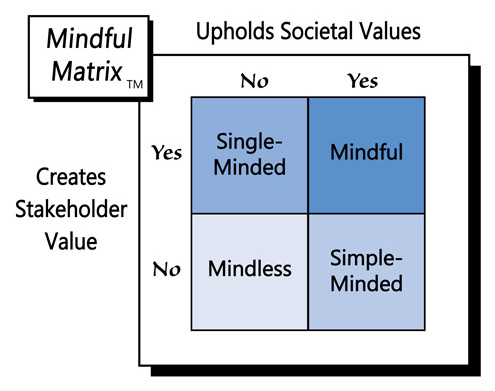
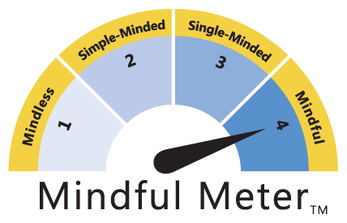
 RSS Feed
RSS Feed